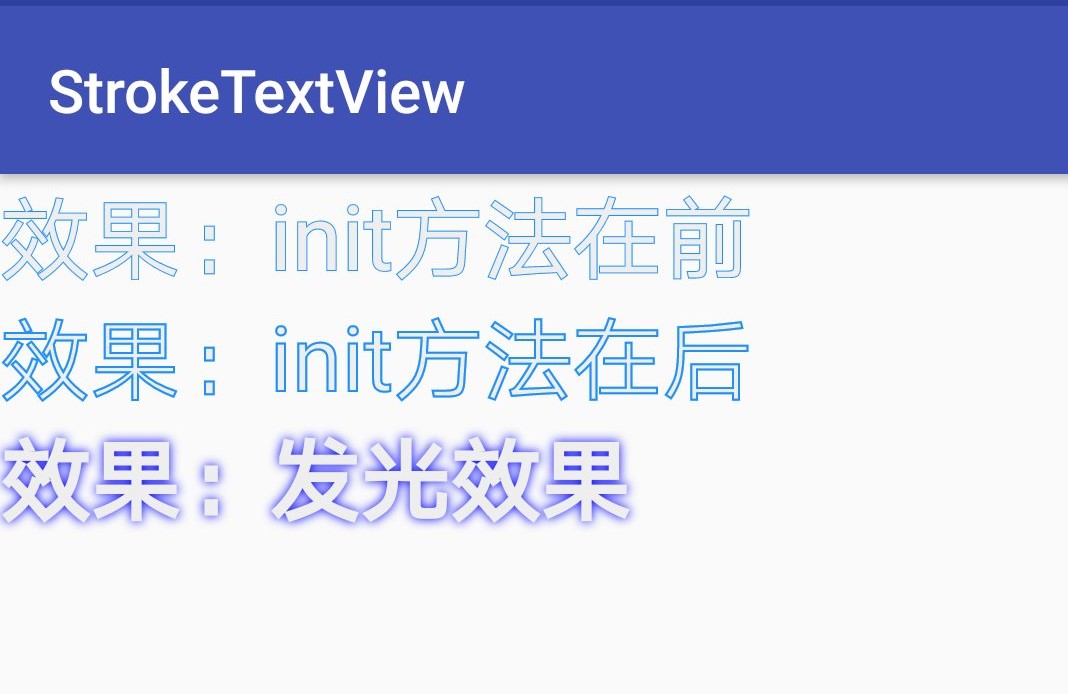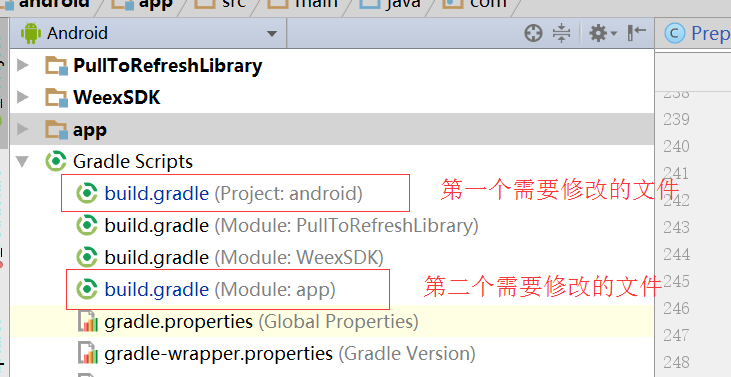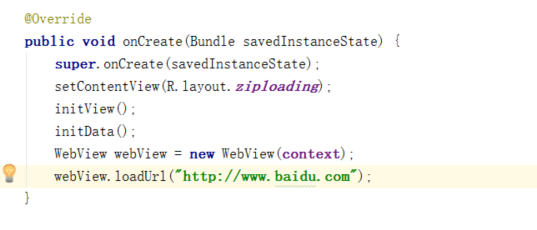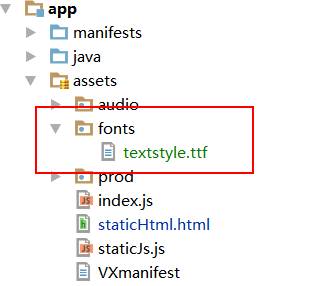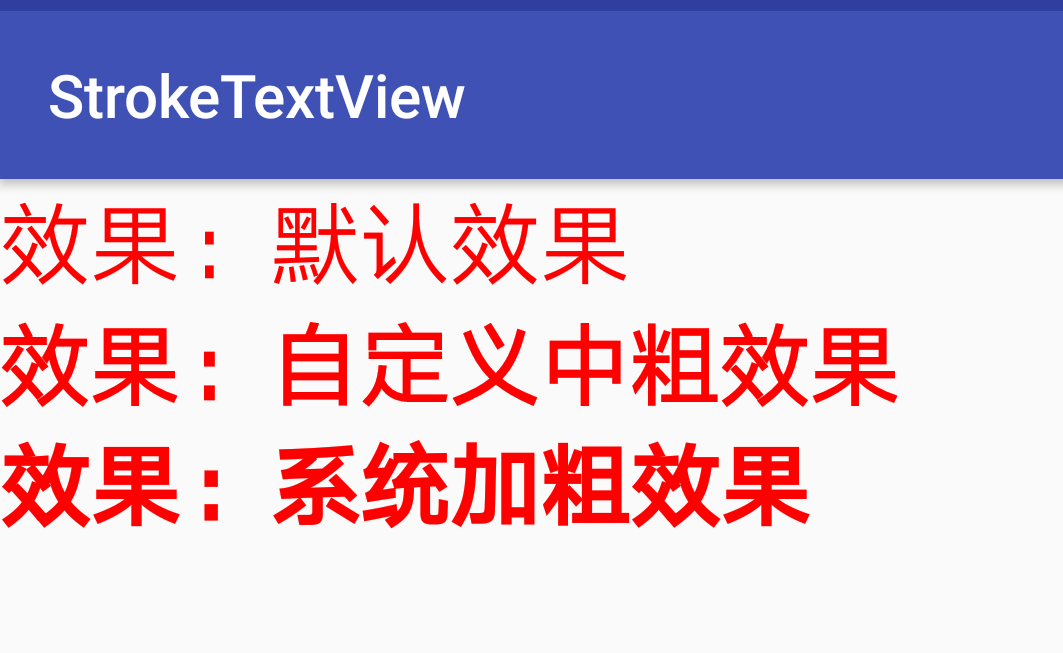我需要构建一个DialogFragment,它将用户输入从对话框返回到活动.
该对话框需要在OnClickListener中调用,当单击列表视图中的元素时会调用该对话框.
DialogFragment的返回值(用户的输入)应该在活动的OnClickListener中直接可用.
我尝试通过遵循官方文档来实现此目的:http://developer.android.com/guide/topics/ui/dialogs.html#PassingEvents
我需要像下面这样的东西,因为我不知道如何使匿名的OnClickListener实现CustomNumberPicker类的接口,所以它不起作用.
据我所知,实现接口是必要的,以便将DialogFragment中的数据返回给Activity.
主要活动:
public class MainAcitivity extends ActionBaractivity {
[...]
// ArrayAdapter of the Listview
private class ListViewArrayAdapter extends ArrayAdapter<Exercise> {
public ListViewArrayAdapter(Context context, ArrayList<Exercise> exercises) {
super(context, 0, exercises);
}
@Override
public View getView(int position, View convertView, ViewGroup parent) {
[...]
if (convertView == null) {
convertView = LayoutInflater.from(getContext()).inflate(R.layout.item_workoutdetail, parent, false);
}
TextView tvSets = (TextView) convertView.findViewById(R.id.tvWorkoutExerciseSets);
tvSets.setText(sets.toString());
// OnClickListener for every element in the ListView
tvSets.setonClickListener(new View.OnClickListener() {
@Override
public void onClick(View v) {
// This is where the Dialog should be called and
// the user input from the Dialog should be returned
DialogFragment numberpicker = new CustomNumberPicker();
numberpicker.show(MainActivity.this.getSupportFragmentManager(), "NoticeDialogFragment");
}
// Here I would like to implement the interface of CustomNumberPicker
// in order to get the user input entered in the Dialog
});
return convertView;
}
}
}
CustomNumberPicker(基本上与文档中的相同):
public class CustomNumberPicker extends DialogFragment {
public interface NoticeDialogListener {
public void onDialogPositiveClick(DialogFragment dialog);
public void onDialogNegativeClick(DialogFragment dialog);
}
// Use this instance of the interface to deliver action events
NoticeDialogListener mListener;
// Override the Fragment.onAttach() method to instantiate the NoticeDialogListener
@Override
public void onAttach(Activity activity) {
super.onAttach(activity);
// Verify that the host activity implements the callback interface
try {
// Instantiate the NoticeDialogListener so we can send events to the host
mListener = (NoticeDialogListener) activity;
} catch (ClassCastException e) {
// The activity doesn't implement the interface, throw exception
throw new ClassCastException(activity.toString()
+ " must implement NoticeDialogListener");
}
}
@Override
public Dialog onCreateDialog(Bundle savedInstanceState) {
// Use the Builder class for convenient dialog construction
AlertDialog.Builder builder = new AlertDialog.Builder(getActivity());
builder.setMessage("Sets")
.setPositiveButton("set", new DialogInterface.OnClickListener() {
public void onClick(DialogInterface dialog, int id) {
// Return stuff here to the activity?
}
})
.setNegativeButton("cancle", new DialogInterface.OnClickListener() {
public void onClick(DialogInterface dialog, int id) {
// User cancelled the dialog
}
});
// Create the AlertDialog object and return it
return builder.create();
}
}
解决方法:
像这样吗
public class CustomNumberPicker extends DialogFragment {
private NoticeDialogListener ndl;
public interface NoticeDialogListener {
public void onDialogPositiveClick(DialogFragment dialog);
public void onDialogNegativeClick(DialogFragment dialog);
}
//add a custom constructor so that you have an initialised NoticeDialogListener
public CustomNumberPicker(NoticeDialogListener ndl){
super();
this.ndl=ndl;
}
//make sure you maintain an empty constructor
public CustomNumberPicker( ){
super();
}
// Use this instance of the interface to deliver action events
NoticeDialogListener mListener;
// Override the Fragment.onAttach() method to instantiate the NoticeDialogListener
@Override
public void onAttach(Activity activity) {
super.onAttach(activity);
//remove the check that verfis if your activity has the DialogListener Attached because you want to attach it into your list view onClick()
}
@Override
public Dialog onCreateDialog(Bundle savedInstanceState) {
// Use the Builder class for convenient dialog construction
AlertDialog.Builder builder = new AlertDialog.Builder(getActivity());
builder.setMessage("Sets")
.setPositiveButton("set", new DialogInterface.OnClickListener() {
public void onClick(DialogInterface dialog, int id) {
ndl.onDialogPositiveClick(dialog);
}
})
.setNegativeButton("cancle", new DialogInterface.OnClickListener() {
public void onClick(DialogInterface dialog, int id) {
ndl.onDialogNegativeClick(dialog);
}
});
// Create the AlertDialog object and return it
return builder.create();
}
}
然后您的listView onClick变为:
tvSets.setonClickListener(new View.OnClickListener() {
@Override
public void onClick(View v) {
// This is where the Dialog should be called and
// the user input from the Dialog should be returned
//
//
DialogFragment numberpicker = new CustomNumberPicker(new NoticeDialogListener() {
@Override
public void onDialogPositiveClick(DialogFragment dialog) {
//What you want to do incase of positive click
}
@Override
public void onDialogNegativeClick(DialogFragment dialog) {
//What you want to do incase of negative click
}
};);
numberpicker.show(MainActivity.this.getSupportFragmentManager(), "NoticeDialogFragment");
}
// Here I would like to implement the interface of CustomNumberPicker
// in order to get the user input entered in the Dialog
});
请阅读我添加的注释.由于您确实不需要整个对话框实例来获取所需的值,因此甚至可以对其进行进一步优化.
编辑可能的优化可能是:
将侦听器界面更改为:
public interface NoticeDialogListener {
public void onDialogPositiveClick(String output);
public void onDialogNegativeClick(String output);
//or whatever form of output that you want
}


